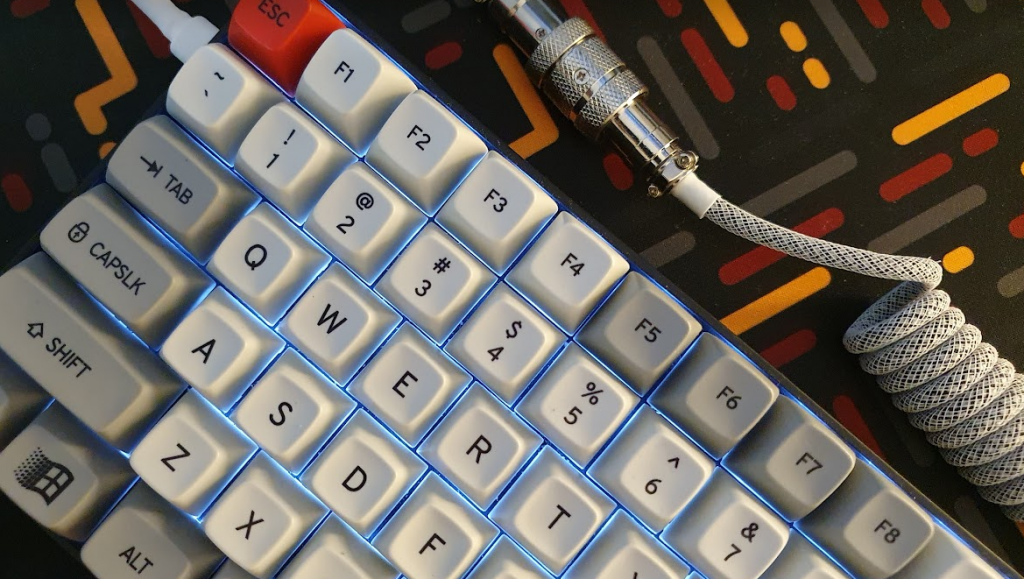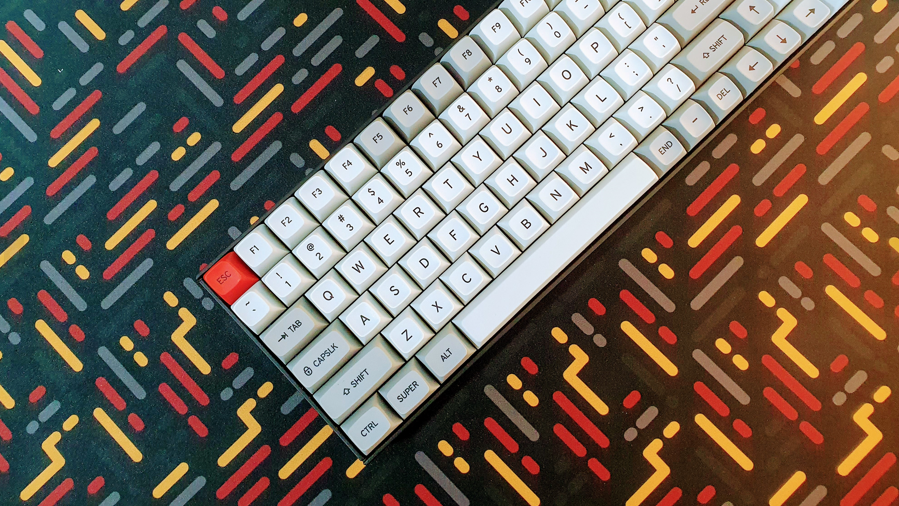So you’ve seen your friends use a mechanical keyboard. You know, those large, bulky keyboards capable of making so much noise that they’re enough to wake your family whenever you use them. They might seem incredibly impractical and expensive to you. Why would anyone spend a small fortune on a keyboard that might put you on a months-long waiting list, have you assemble the entire thing yourself, when perfectly functional keyboards can be had for cheap?
Welcome to the weird and wonderful world of mechanical keyboards.
Where do I start? WTF are Switches?
Before you get into the hobby, you need to get yourself oriented with switches. Switches are the main interface you’ll be interacting with – they’re located under every keycap and your choice of switches will affect the way your keyboard feels and sounds.
There are the three basic types of switches:
- Clicky – as the name suggests, these are those stereotypical loud switches that most people associate with mechanical keyboards. There’s a tactile bump that you’ll feel when you press on them, and accompanying that bump is a loud click.Go for these if you want maximum feedback. These switches are usually known as BLUE switches.
- Linear – This is the opposite of Clicky switches. Linear switches produce a smooth and consistent action when you press on them. No click, no tactile bump. No feedback until you bottom out. These are usually known as RED switches.
- Tactile – Situated between Clicky and Linear switches, Tactiles are focused on giving a satisfying bump without producing a loud clicky noise. They offer great feedback while typing and since they are relatively silent compared to Clickys, they don’t drive the people around you crazy. These switches are usually known as BROWN switches.
Keyboard Size Matters
When you start browsing your ecommerce app of choice, you’ll also notice a plethora of choices when it comes to your keyboard size. This will run the gamut from the most common sizes all the way to some really esoteric ones.
The most common keyboard sizes are:
- 100% or Full-Size – This is the full-sized keyboard that we all know and love. It has a number pad, alphanumeric cluster, a navigation cluster, and with F row keys on top. A variant is called the 95% or the 1800-Compact, where we lose some keys and the different clusters are squished together to fit everything into a smaller form factor.
- Tenkeyless or TKL – Probably the most common compact keyboard layout, TKL keyboards just drop the numpad on the right. Most laptops even use this layout to save space. TKL is also known as the 87% or 80%.
- 75%, 60%, etc. – These are the more esoteric layouts, where various sections are removed in favor of compactness. Most notable are the keyboard sizes from 60% down, as these layouts remove the function row. These layouts can be a challenge to get used to, reserved only for the most dedicated of keyboard nerds. Playing video games or doing hardcore editing will be difficult without the Function keys.
So where do I get a keyboard?
You don’t need to go for the exotic and expensive side of this hobby. Not right away. Maybe not ever. Mechanical keyboards have become so ubiquitous over the years that you can easily buy one off the shelf. Gaming brands like Logitech, Corsair, and Razer have produced perfectly fine keyboards that you’ll be happy with.

If you want to dip your toes into the more dedicated side of the hobby, you can also look at brands like Ducky, Keychron, or Monsgeek so you can get a taste of a more enthusiast-centered keyboard without the hassle of building one from scratch. There are also the Chinese-made brands like Royal Kludge, Akko, and more so you can get started on this hobby without putting much of a dent on your wallet.
If you dig any further, you might end up on the more esoteric side of the hobby, where you’ll end up with custom-made parts with limited availability and entire keyboards that you have to assemble and maybe program yourself, but you’re a ways off from that. Right now, pick a keyboard that you think you’ll enjoy and try to find out your preferences!
I’ll see you on the uber-enthusiast side soon.



